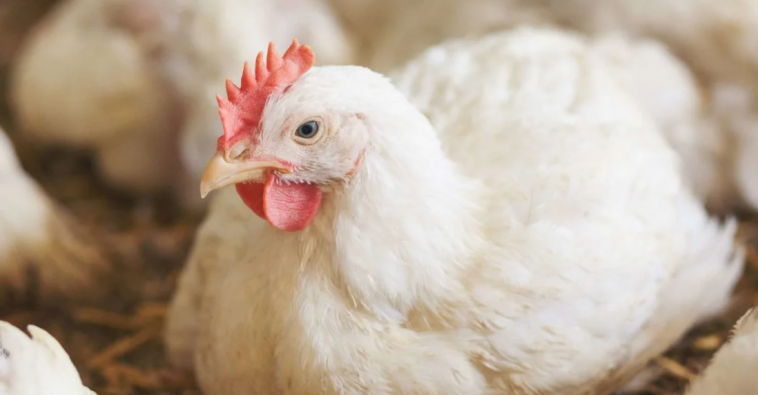The control of zoonotic agents in poultry and animal stocks has the effect of reducing the challenges to food safety management systems in processing and also further down along the food chain.
A Food Safety Management System (FSMS) is described as a programme or practices and principles that are aimed at preventing food safety hazards from causing adverse health effects on consumers, in this case both livestock and humans.
The aim of a food safety management system is to ensure that food/ feed is safe to eat and will not lead to outbreaks of foodborne illness among consumers. On the other hand, a zoonosis or zoonotic disease is described as an infectious disease of humans caused by a pathogen (that is to say an infectious agent, such as a bacterium, virus, parasite, or prion) that can jump from a non-human (usually a vertebrate) to a human and vice versa.
Examples of zoonotic agents are bacteria like Salmonella which is associated with poultry and Listeria monocytogenes which is associated with pigs. It is a well-known fact that production and maintenance of healthy stock requires a blend of good husbandry practices, which may include proper stock selection and veterinary attention.
One of the inputs is feed, which is both a source of pathogen-free nutrients as well as a balanced diet to maintain healthy livestock. The feed produced by Novatek Animal Feeds goes through a rigorous and robust food safety management system to ensure high quality feed to our customers. Our control measures can be divided into three sections namely, pre-production controls, production controls and dispatch or delivery controls.

Figure 1: Zoonosis transmission pathways. (Source: www.thelancet.com)
Pre-production controls
Pre-production controls are measures to control contaminants before the production of any feed. These controls focus primarily on raw materials. One of the most important control measures is the bio-security spray. The purpose of this chemical spray is to keep pathogens out of the facility. This step may also be referred to as bio-exclusion. In order for this control to be effective, every vehicle must undergo a biosecurity spray in order to access the facility. The other control used is laboratory sampling and test ing of raw materials which is done on every consignment received.
Production controls
On the other hand, production controls are measures to control contamination of feed during production. In this step several strategies are employed. Firstly, employee bio-security measures, for instance proper clothing when handling feed and correct habits in the production areas. Secondly, pest control measures to keep out pests such as rats. This is because pests are vectors of zoonotic diseases. Thirdly, continuous microbiological testing of materials and feed. And finally, production process steps such as heat treatment.
Dispatch or delivery controls
The final set of controls are dispatch or delivery controls. These are basically measures to control contamination during the transportation of feed. The strategies employed are firstly, the cleaning, sterilisation and fumigation of trucks. This is because the vehicles travel to several towns and farms so they are exposed to possible contamination. The second strategy in this step is feed protection from environmental factors. This is done by use of impervious tents and containerised vehicles.
For more information, send an e-mail to Robert Kanyembo, Novatek National Sales Manager, on salesmanager@novatek.co.zm, or contact him on +26-097-1252-522. Visit the website at www.novatekfeeds.com.









